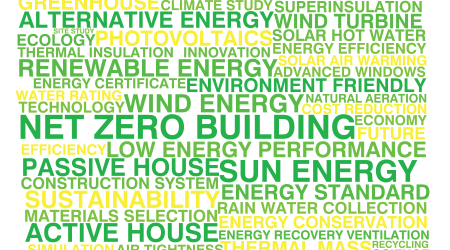Net Zero Energy Buildings: How States Measure Up
California and New York lead the way, but several other states are catching up quickly.
California and New York, which house 20 percent of the country’s population but produce less than 10 percent of its carbon emissions, are leading the way in decreasing energy use through the proliferation of net zero energy building, among other strategies. California boasts the country’s most ambitious net zero energy-related initiatives, with Architecture 2030 and Title 24 aiming to have all new residential buildings be net zero energy by 2020. For commercial buildings, the goal is 2030 for 100 percent of new builds and 50 percent for existing buildings. Utilities, owners, contractors, designers and developers are working together to pursue these ambitious, yet increasingly attainable, objectives.
While these are goals, not mandates, California has enacted some significant new requirements in recent months that are making headlines across the country. All new homes and multifamily buildings up to three stories in the state must have rooftop solar starting in 2020. Over a 30-year mortgage, the California Energy Commission estimates that the solar panels will add about $40 per month to mortgage payments, but save $80 in lighting, heating and cooling costs. This results in $19,000 in energy savings over the lifetime of a 30-year mortgage. It’s only natural that something similar will be enacted for new commercial buildings in the state in the near future. California building owners that take steps now to achieve net zero energy will be ahead of the game when these regulations hit.
Even in states without regulations or stated goals, net zero energy buildings are becoming more and more popular. Currently, the New Buildings Institute documents 67 net zero energy verified and 415 net zero energy emerging projects nationwide. The vast majority of these are in California, but there is also a large percentage in several Northeastern states followed by Oregon, Arizona, Texas and Florida.
Related Topics:














